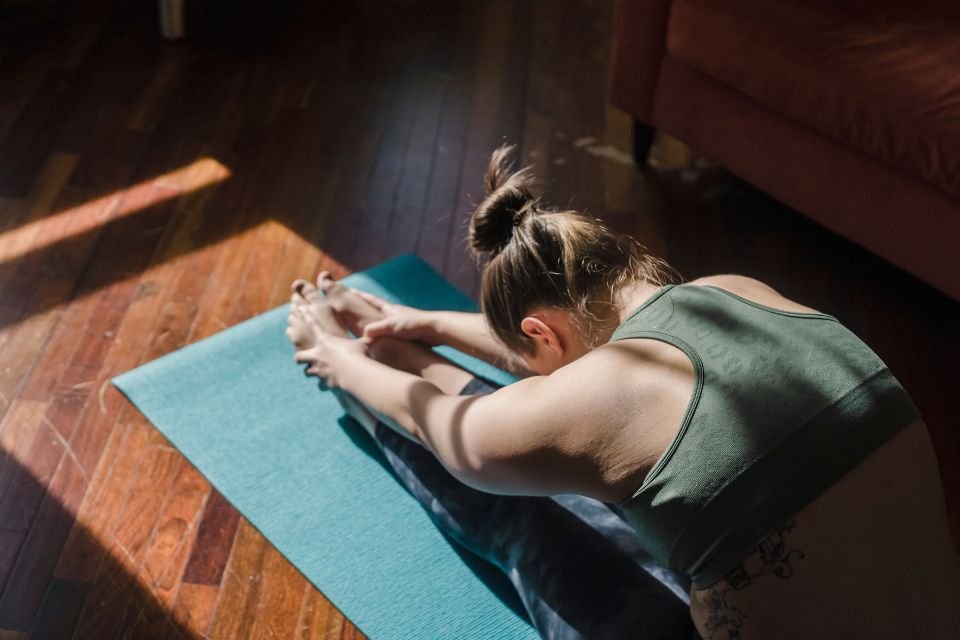The largest study to date on physical exercise and depression was recently published. BMJ, famous medical scientific journal. Larger in terms of number of studies; over two hundred, not in terms of the number of people, but because it was a review.
This is a difference from the latest study, which allows for better and stronger conclusions about the results. This isn’t just a single study on many people, it’s a meta-analysisContains calculations from relevant studies on the subject and represents the most robust set of evidence.
What were the results of the study involving exercise and depression?
The general and most important news of the research is this: Strengthens exercise as a treatment for depressionBecause various types of exercise appear to have beneficial effects.
We are talking about physical exercise, not physical activity that may occur in everyday situations such as washing dishes, cleaning the house, or going shopping.
What were the best methods to treat depression?
Physical exercise is a type of physical activity but it is regular and repetitive, such as walking or jogging in the park. These forms, along with strength training and yoga, were the most effective forms of exercise in treating depression in the most recent study. The last two were still better tolerated by patients and resulted in fewer discontinuations.
Yoga can specifically be viewed as “the cessation or reduction of the fluctuations of the mind,” as noted by Physical Education Specialist and Doctor and Yoga Teacher Pedro Casagrande. and learning the mind through the body.
In practice, yoga uses a variety of techniques (psychophysical postures, breathing exercises, meditation, relaxation, etc.) that can direct the practitioner to the goal. process of internalization and full attention to every movement and every breathThis leads you to constantly perceive and deal with the oscillations of the mind, that is, your own thoughts.
“This way of practice and self-observation leads the practitioner to a better understanding of his or her own mental processes. Therefore, positive results for mental health can be achieved with Yoga, not only because of the exercise component involved in the postures, but especially because of the body-mind work that the practice suggests,” emphasizes Casagrande.
He emphasizes: “Yoga in practice does not seek to analyze thoughts like therapy, but the practice of meditation leads to their dissolution, reducing mental noise and overthinkingHE“In addition to the negative impact of ruminative and derogatory thoughts, increased mental clarity and increased likelihood of living better in the present.”

A dose-response relationship was found regarding exercise intensity and antidepressant effects. More intensity, more benefits.
One thing to consider is that it is difficult for people to maintain high-intensity exercise in their routine, as many people feel dissatisfaction during more intense exercise. The good news is that even low-intensity activities like walking had positive effects.
Besides, Dancing reportedly has major antidepressant effectsHowever, the small number of studies limited the conclusion that this form of exercise is effective.
Overall, group exercises were no more effective than individual exercises, except for yoga. This makes progress considering that in the past we have considered antidepressant effects more from a social perspective, but this was not clearly evident in this study, which attributed the effects more to the exercise itself.
How does exercise treat depression?
The exact mechanisms are not yet fully known, but science is discovering a little more every day. A number of factors are used to explain the effects, ranging from distraction from bad thoughts to the cocktail of neurotransmitters produced during movement to better sleep at night.
When we actually move We simultaneously turn on at least four switches that activate mental health effects: neurobiological, psychosocial, behavioral and immune system.

Exercise, medication or therapy?
It turns out that the combination of these three is the best way to treat depression. The effect size of exercise was comparable to cognitive behavioral therapy, but the quality of evidence supporting this type of treatment was higher.
The effect of exercise appeared superior to that of antidepressants, but when exercise was combined with antidepressants the effect of the drugs was increased.
According to this study, doctors are now Offering exercise, psychotherapy, or antidepressants alone as alternatives to adults with depression light or medium. The final choice depends on patient preference and other considerations, including barriers to access.
We need a cultural shift in how we think about treating depression and how we prescribe treatment; Instead of seeing exercise as a panacea (which it is not), it should be added as a complementary therapy to other therapies (antidepressant drugs and psychotherapy).
Science is increasingly discovering that the biggest benefit of movement may be what’s between our ears.
Source: Tec Mundo
I’m Blaine Morgan, an experienced journalist and writer with over 8 years of experience in the tech industry. My expertise lies in writing about technology news and trends, covering everything from cutting-edge gadgets to emerging software developments. I’ve written for several leading publications including Gadget Onus where I am an author.












